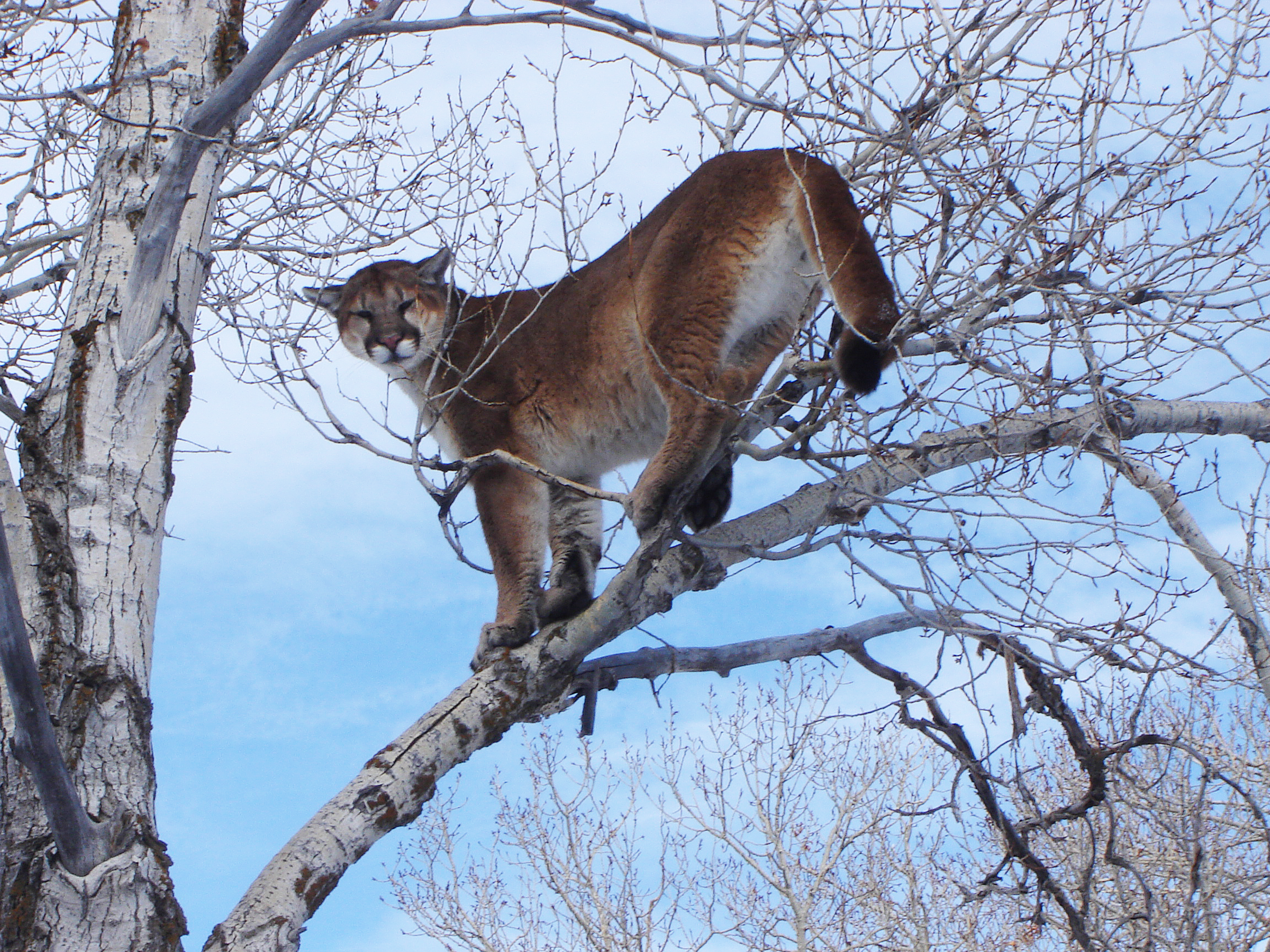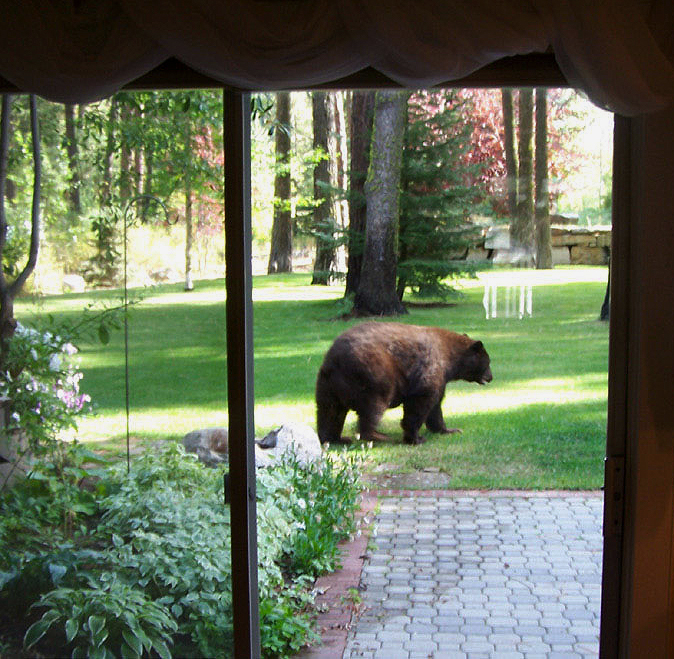Personal safety around mountain lions
Wildlife managers agree that if a person is in close proximity to a lion, meaning they see it, they should:
- NEVER run away from a mountain lion. The lion’s instinct is to chase and ultimately catch what they perceive as a potential prey.
- NEVER turn your back on a lion. Always face them while making yourself look as large as you can. Yell loudly, but don’t scream. A high-pitched scream may mimic the sound of a wounded animal.
- SLOWLY back away while maintaining eye contact with the lion.
- Safety equipment you may choose to carry could include bear spray, a noise device, like an air-horn, and if you walk in the dark, a very bright flashlight.
- If you are attacked, fight back!
Tips to reduce human-wildlife conflicts
Homeowners are asked to check around their homes and reduce the potential for a lion to find refuge around their homes. Areas under decks should be blocked so that lions cannot access the space for a day bed. All doors to barns and backyard sheds should be securely closed so that lions cannot gain access to these spaces.
For bears, household garbage should be securely stored until the day of pick-up and all bird feeders should be taken down. During the fall months, bears are putting a tremendous amount of effort into eating as much as they can in anticipation of going into hibernation.
When walking your dog, keep it on leash. When letting pets outside, especially at night, turn on porch lights and make noise so that any wildlife that might be in close proximity is alerted. Attacks can often be the result of surprise encounters, with both people and pets.
The Wood River Valley Wildlife Smart Communities coalition has developed a website that residents can use to learn more about how to safely live in proximity to wildlife www.wrvwildlifesmart.org.
Residents should immediately report any wildlife incident or attack by calling 911.
Mountain lion and black bear sightings and encounters should be reported to Fish and Game during regular business hours by calling the Magic Valley Regional Office at (208) 324-4359 or to your local law enforcement agency.



